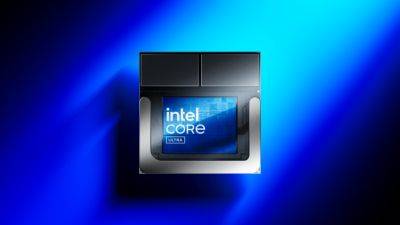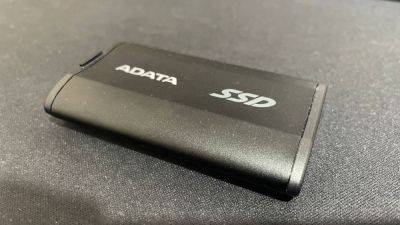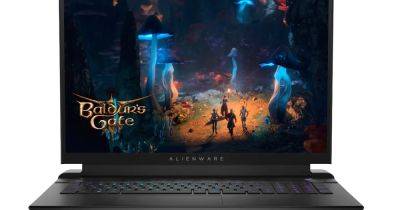Alienware AW2725DF review
One small letter. But a whole lot of difference. Last week, we looked at the Alienware AW2725QF, the brand's new dual-mode 4K/1080p panel. This week it's the turn of the Alienware AW2725DF. But if you're assuming that swapping out the «Q» for a «D» makes this a minor revision, well, think again. This is a totally different beast.
Out goes the 27-inch dual-mode IPS 4K panel. In comes a QD-OLED 1440p display from Samsung which shares the same 27-inch diagonal, but that's literally it. Okay, the styling and look of the chassis is pretty much the same between these two 27 inchers. But the actual display technology couldn't be more different.
Of course, one of the most immediately obvious differences is pixel density. 1440p on a panel this size works out to about 109 DPI, where 4K comes to 163 DPI. That's a dramatic difference you can't miss. On the Windows desktop, fonts are much less crisp and sharp, and there's generally less detail. You have fewer options for scaling the desktop interface to make that trade off between legibility and usable space, too.
However, in-game you could argue the delta isn't nearly as obvious or important. 1440p still makes for very detailed gaming graphics and arguably sidesteps the whole 4K versus 1080p thing for gaming pretty neatly.
Screen size: 27-inch
Resolution: 2,560 x 1,440
Brightness: 250 nits SDR, 1,000 nits HDR
Color coverage: 99.3% DCI-P3
Response time: 0.03 ms
Refresh rate: 360 Hz
HDR: HDR TrueBlack 400
Features: QD-OLED panel, HDMI 2.1 x2, DisplayPort 1.4, USB hub with 3x USB-a and 1x USB-C
Price: $799 | £620
Indeed, this monitor can do the same refresh at 1440p, namely 360 Hz, as its dual-mode sibling achieves at 1080p. The catch is that 1440p is about 75% more pixels than 1080p, and so you'll need very roughly 75% more GPU power to hit the same frame rates.
Anyway, if you've got the GPU hardware, this OLED isn't just a match for that IPS panel when it comes to latency. It's easily got the measure of it when it comes to outright







